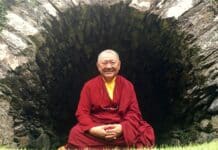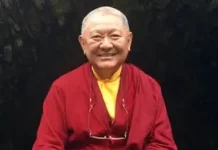Timeline

1940 Birth
Chögyam Trungpa Rinpoche was born in a remote village in eastern Tibet.
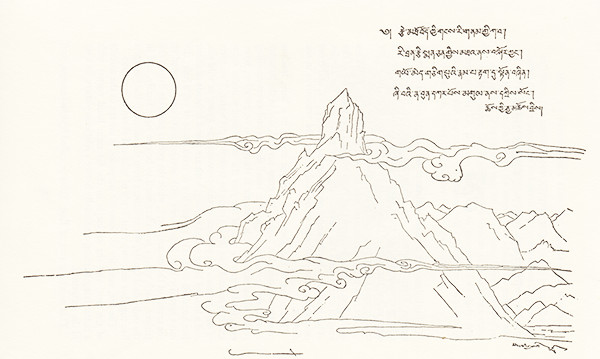
Tulku Recognition
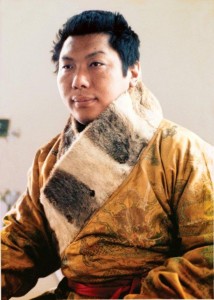 Recognized as Tulku
while still an infant as the eleventh incarnation of the renowned Trungpa lineage of Buddhist teachers, he was raised to take his seat as head of the Surmang monasteries and governor of the Surmang region of eastern Tibet.
Recognized as Tulku
while still an infant as the eleventh incarnation of the renowned Trungpa lineage of Buddhist teachers, he was raised to take his seat as head of the Surmang monasteries and governor of the Surmang region of eastern Tibet.
1945-1958 Study & Training
1959 Escape from Tibet
1959-1969
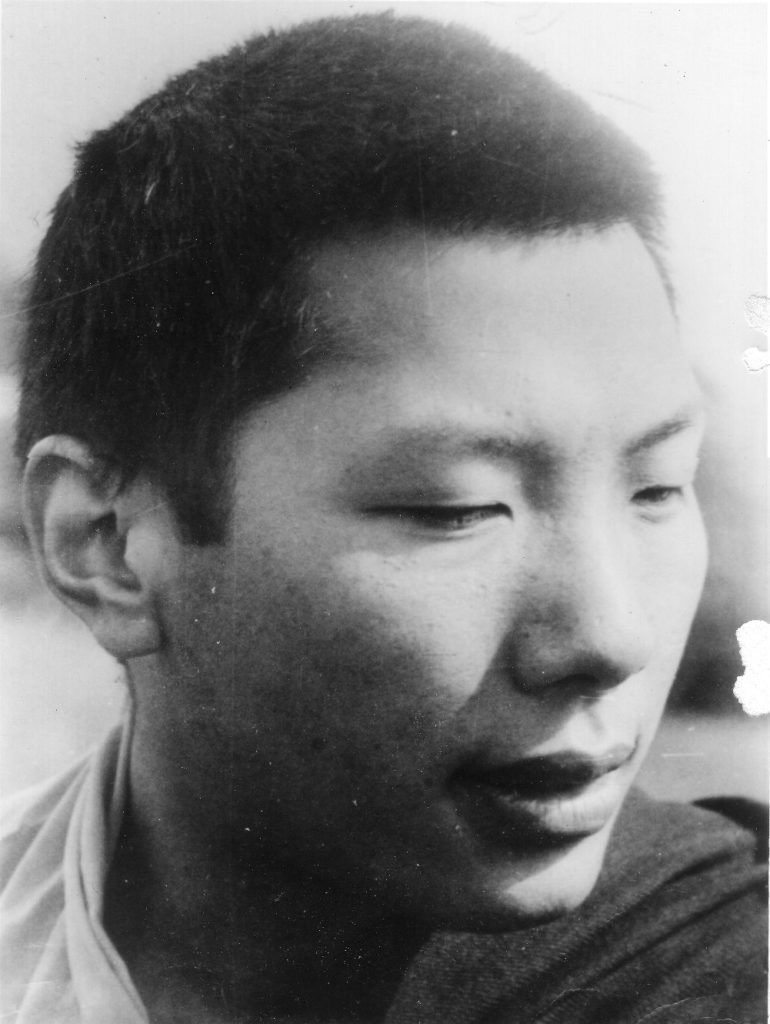 The next ten years of the Vidyadhara’s life, first in India and later in England, were marked by a passion to absorb everything he could about the West and find a way to present authentic buddhadharma to Western students. Although there was no lack of interest in Buddhism in the West, he found that students were easily distracted by the seemingly exotic nature of the teachings and the teacher.
The next ten years of the Vidyadhara’s life, first in India and later in England, were marked by a passion to absorb everything he could about the West and find a way to present authentic buddhadharma to Western students. Although there was no lack of interest in Buddhism in the West, he found that students were easily distracted by the seemingly exotic nature of the teachings and the teacher.
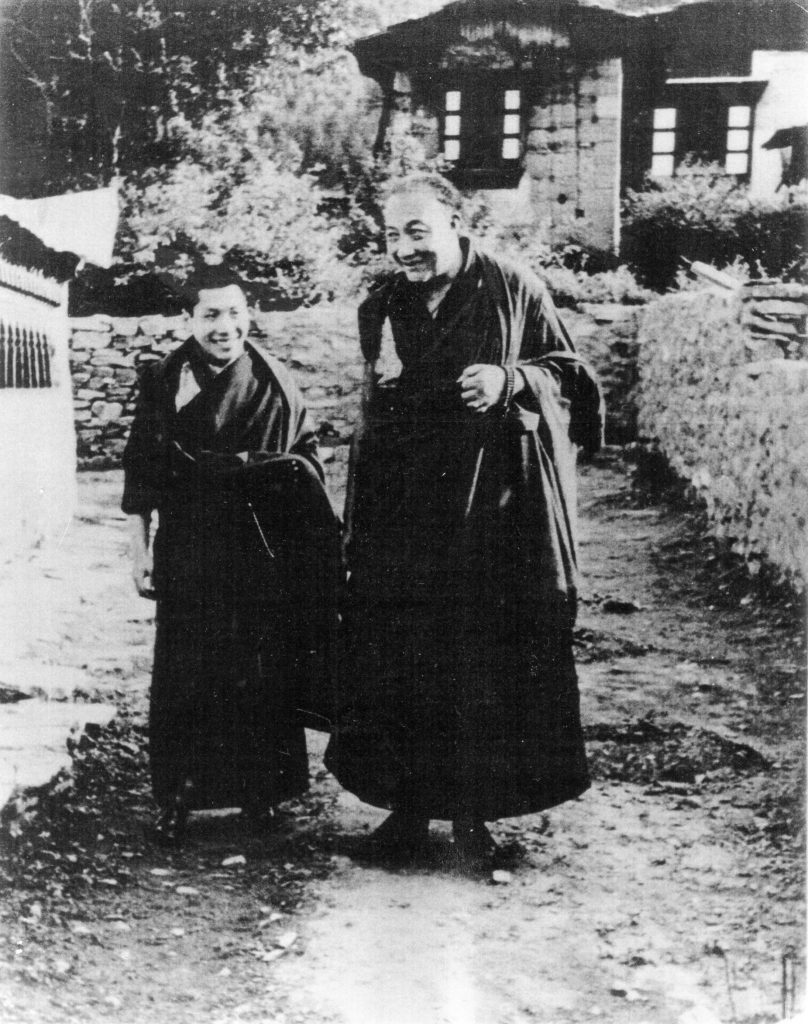
1968 Retreat at Taktsang
“The message that I had received from my supplication was that one must try to expose spiritual materialism and all its trappings, otherwise true spirituality could not develop. I began to realize that I would have to take daring steps in my life.”
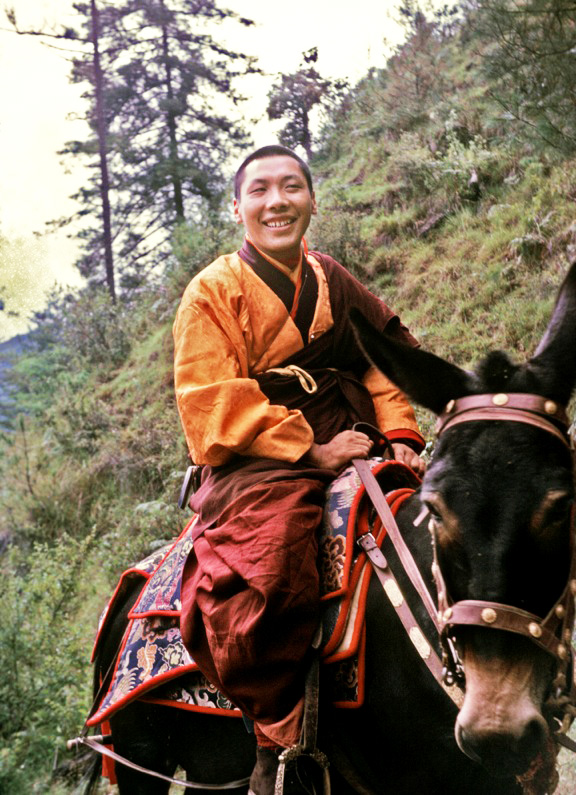
In Bhutan with Dilgo Khyentse Rinpoche
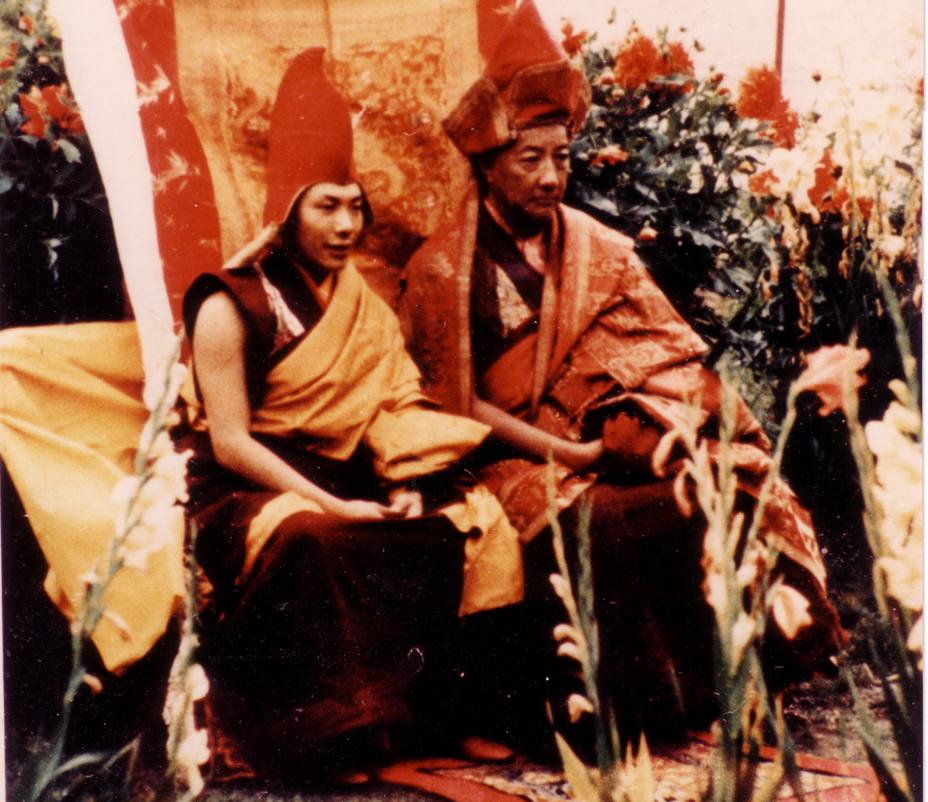
1969 A Profound Turning Point
1970
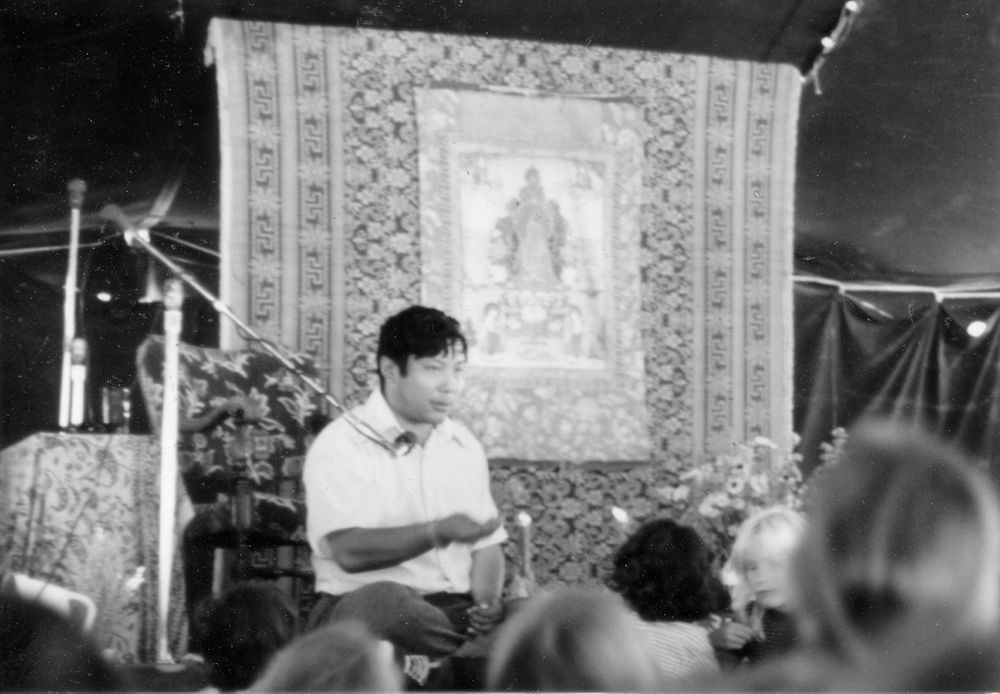 When the Vidyadhara arrived in North America in 1970, his presentation of the dharma was simple, direct, and profound—emphasizing the need to let go of expectations and the inherent dangers of the spiritual journey.
When the Vidyadhara arrived in North America in 1970, his presentation of the dharma was simple, direct, and profound—emphasizing the need to let go of expectations and the inherent dangers of the spiritual journey.Dedicated Students
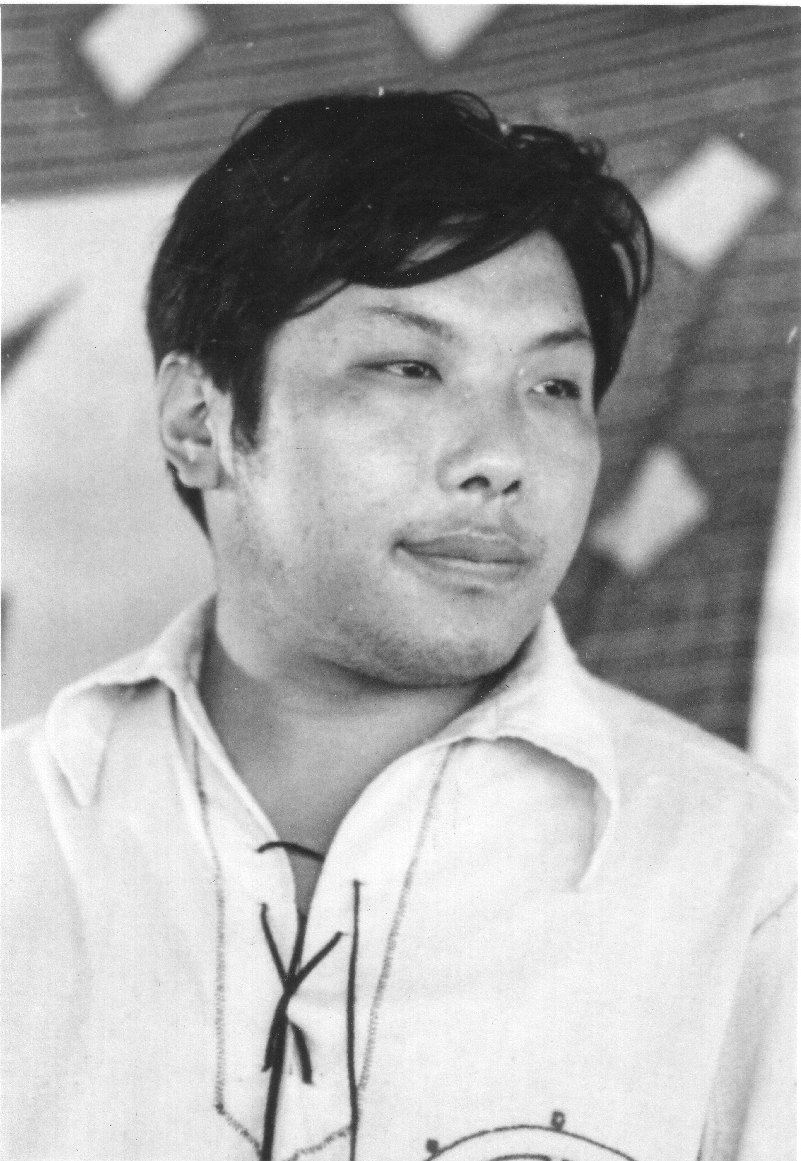
1973 Vajradhatu
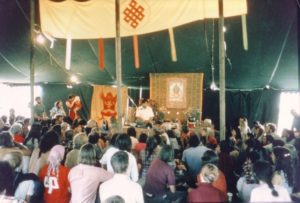
1974 Karmapa's visit
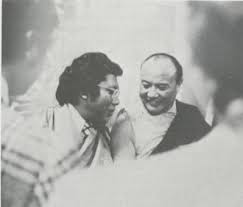 In 1974, Vajradhatu hosted His Holiness the Sixteenth Gyalwang Karmapa, head of the Karma Kagyü lineage of Tibetan Buddhism. The community, which had so far enjoyed a somewhat relaxed and informal relationship with the teacher and the teachings, now found itself hosting a dharma king. The Vidyadhara received the Karmapa with an impeccable display of devotion and formality, while his students looked on and followed his example.
In 1974, Vajradhatu hosted His Holiness the Sixteenth Gyalwang Karmapa, head of the Karma Kagyü lineage of Tibetan Buddhism. The community, which had so far enjoyed a somewhat relaxed and informal relationship with the teacher and the teachings, now found itself hosting a dharma king. The Vidyadhara received the Karmapa with an impeccable display of devotion and formality, while his students looked on and followed his example.
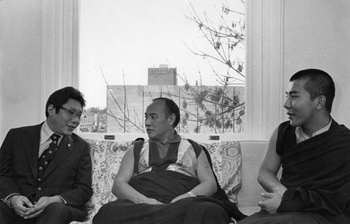
The Great Stupa of Dharmaka
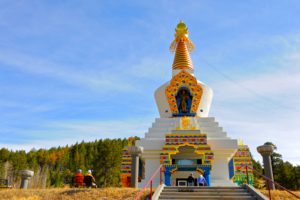
Shambhala Sucession
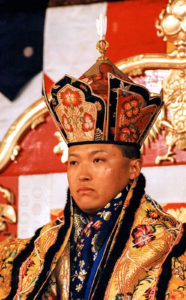
Transplanting the Buddhadharma
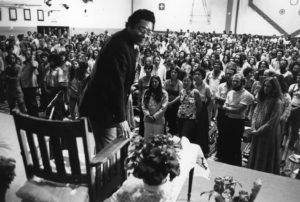 The English words and phrases he applied to Buddhist concepts can now be found in the speech and writings of almost all Buddhist teachers and translators in the English-speaking world. His own books have sold over a million copies.
The English words and phrases he applied to Buddhist concepts can now be found in the speech and writings of almost all Buddhist teachers and translators in the English-speaking world. His own books have sold over a million copies.A Vision for Many Generations
 Historically Buddhism has drawn on the innate cultural strength of the many diverse societies in which it has thrived, each culture providing a setting for the dharma in the same way that a gold ring provides a setting for a diamond. The Vidyadhara encouraged his students to seek out what is valuable in Western culture—that which fosters an appreciation of human dignity, courage, and inherent richness—and to avoid the tendency toward nihilism, cynicism, and malaise so prevalent in contemporary society.
Historically Buddhism has drawn on the innate cultural strength of the many diverse societies in which it has thrived, each culture providing a setting for the dharma in the same way that a gold ring provides a setting for a diamond. The Vidyadhara encouraged his students to seek out what is valuable in Western culture—that which fosters an appreciation of human dignity, courage, and inherent richness—and to avoid the tendency toward nihilism, cynicism, and malaise so prevalent in contemporary society.Enlightened Society
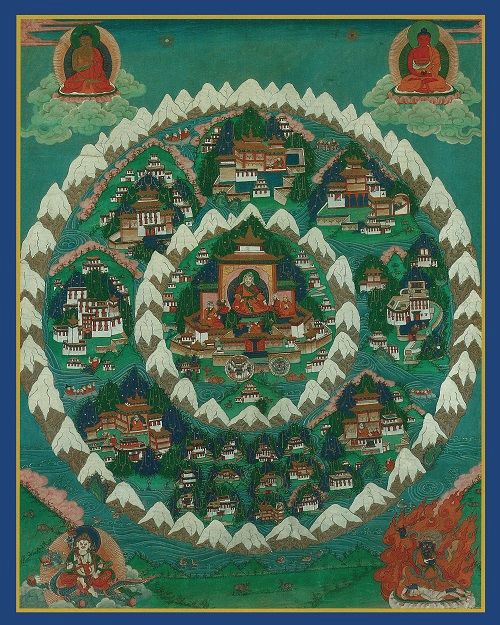
A Whirlwind of Activity
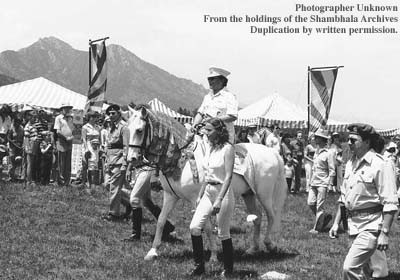 He formed the Dorje Kasung, a service organization entrusted with the protection of the Buddhist teachings and the welfare of the community. He also reached beyond the Buddhist community by establishing the Naropa Institute, a fully accredited liberal arts university, and the Shambhala Training program, which offers a secular approach to meditation practice based on an appreciation of innate human goodness.
He formed the Dorje Kasung, a service organization entrusted with the protection of the Buddhist teachings and the welfare of the community. He also reached beyond the Buddhist community by establishing the Naropa Institute, a fully accredited liberal arts university, and the Shambhala Training program, which offers a secular approach to meditation practice based on an appreciation of innate human goodness.The Consummate Enlightened Monarch
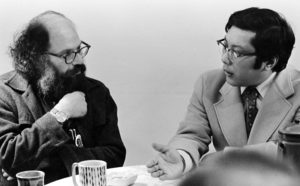
From Boulder to Nova Scotia
 Much of this activity, particularly in the later years of his life, took place in his home in Boulder, Colorado, which he fashioned into a court or cultural center, and where he lived with his wife, Diana, and five sons.
Much of this activity, particularly in the later years of his life, took place in his home in Boulder, Colorado, which he fashioned into a court or cultural center, and where he lived with his wife, Diana, and five sons.
As a further step toward establishing an enlightened society, he moved his court and the international headquarters of Vajradhatu to the province of Nova Scotia in eastern Canada, a beautiful, rugged, and elemental place with a gentle culture, which he felt had the potential to embrace the Shambhala vision in the years to come.
The Artist
 Trungpa Rinpoche, the man at the center of this activity, never seemed to be in a hurry, spending much of his time quietly—a paradox of seemingly effortless, all-accomplishing action. As an artist, he is best known for his devastatingly beautiful poetry, calligraphy, and flower arrangements. But he was also a highly accomplished painter, playwright, and photographer. There was a quality of impeccable precision and playfulness in the way he conducted his life. From the mundane to the monumental, his actions were carried out with careful attention to detail and a tireless sense of humor, yet, when the need arose, he could be fierce and uncompromising. He never gave up on anyone or anything that entered his sphere of activity.
Trungpa Rinpoche, the man at the center of this activity, never seemed to be in a hurry, spending much of his time quietly—a paradox of seemingly effortless, all-accomplishing action. As an artist, he is best known for his devastatingly beautiful poetry, calligraphy, and flower arrangements. But he was also a highly accomplished painter, playwright, and photographer. There was a quality of impeccable precision and playfulness in the way he conducted his life. From the mundane to the monumental, his actions were carried out with careful attention to detail and a tireless sense of humor, yet, when the need arose, he could be fierce and uncompromising. He never gave up on anyone or anything that entered his sphere of activity.The Precious Jewel

“And so along with rediscovering the mind’s true nature, he found this jewel that had been lost for so many years. He was able to recover this jewel, and having it back in his hand, he was able to come to North America and give it to you. This is an extremely fortunate situation.”

